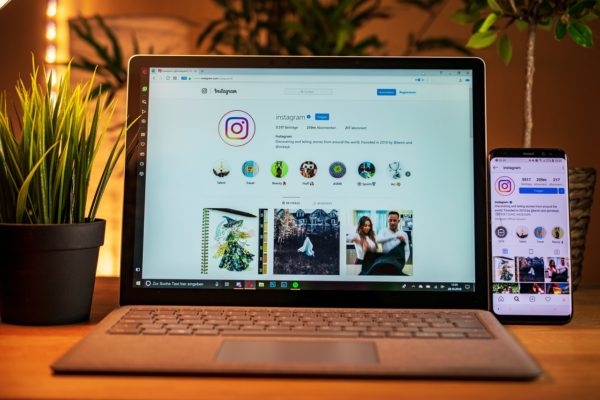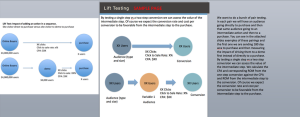— May 31, 2019
With brands such as General Mills spending up to a third of their digital budget on influencer marketing, it’s clear that businesses are seeing a positive ROI on their influencer campaigns. Collaborating with an influencer can improve brand awareness, grow social media following, increase website traffic, and lead to more conversions. Not to mention the high-quality content that can be repurposed in various marketing material.
Sounds like a no-brainer, right? It should be. Unfortunately, if influencer marketing is done incorrectly, you could be flushing money down the toilet.
It all starts with influencer identification. Too many brands are starting down the wrong path, making it harder to recover and see those strong KPIs. Learn from the fumbles of other marketers and avoid these four mistakes to yield higher success rates in your influencer campaigns.

cloudlynx / Pixabay
1) Overlooking the demographics of an influencer’s audience
While it’s important that any influencer you work with could be an authentic customer and brand advocate (more on that later), it’s even more important that you take an influencer’s audience into consideration. Before going any further, take a moment to understand who your target audience is.
Are you hoping to reach millennial males in Los Angeles? If that is the case, you shouldn’t be working with a 23-year-old male living in Los Angeles if their following is 97% female and mostly aged 40+. While there would still be some perks of this collaboration (likely some high-quality content that could be repurposed on social media or email marketing), you’d be missing out on the opportunity to gain new loyal customers.
Most influencers will be able to provide audience demographics in a media kit or during the negotiation process. There are also influencer databases and tools (i.e. Upfluence, Traackr, or Klear) which provide insight into an influencer’s audience.
2) Putting too much weight on number of followers and not enough on engagement
In the early days of influencer marketing, brands assumed that any influencer with a large reach would be a good person to collaborate with. Rates were solely based upon follower count and other important metrics such as engagement rate were not considered. Luckily, most marketers have realized that size doesn’t always matter the most. It’s about quality over quantity.
Before contacting an influencer, take note of how engaged their audience is. Would this influencer’s following be likely to take action based on their recommendations? These types of considerations can typically be determined by a simple engagement rate calculation.
To calculate engagement, take the average number of interactions with an influencer’s content (likes and comments on an Instagram post, for example) and divide it by the number of followers or subscribers. Although these numbers change frequently, the average engagement rate on Instagram in 2018 was a 2.70%.
3) Forcing a collaboration with an influencer who is clearly not a fan of the brand
As previously stated, marketers should be targeting influencers who already have a positive sentiment towards their brand. Begin the research process by identifying content creators with influence who are organically mentioning your product or services. The most successful influencer collaborations are authentic.
Even if an influencer is not already promoting the brand, you can tell if they are authentically excited to promote your product or if they’re only in it for the money. During the negotiation process, if any red flags arise such as a lack of excitement or a negative sentiment and approach to the collaboration, it’s time to slowly back away.
Consider your influencer identification to be similar to the hiring process. You want this to be an exciting opportunity for both sides and do not want to hire someone who will not thrive in the environment.
4) Targeting influencers whose feed is oversaturated with sponsored content
A major perk of influencer marketing and reason for success is that influencers are able to get around the ad-blocker mentality that is so prevalent in today’s society. When an influencer is truly influential, they have built organic relationships with their followers. As an influencer, there is a fine balance of organically sharing passions and experiences and filtering in sponsored posts for brands.
Even if the sponsored posts are for products or services that an influencer truly loves and uses, no audience wants to feel that they are constantly being sold to. For this reason, it is important to manually review an influencer’s content to ensure that there is a mixture of sponsored posts and traditional content.
When brands make the mistake of working with an influencer who is constantly promoting someone or something, the audience is tuned out and ROI will drop.
Heading towards success
There are many missteps along the way that could lead you astray and cause your influencer campaign to fall apart. By avoiding these common influencer identification mistakes, you’ll be starting down the right path. Set yourself up for success by identifying the best influencers for your brand from the start.
Digital & Social Articles on Business 2 Community
(62)





